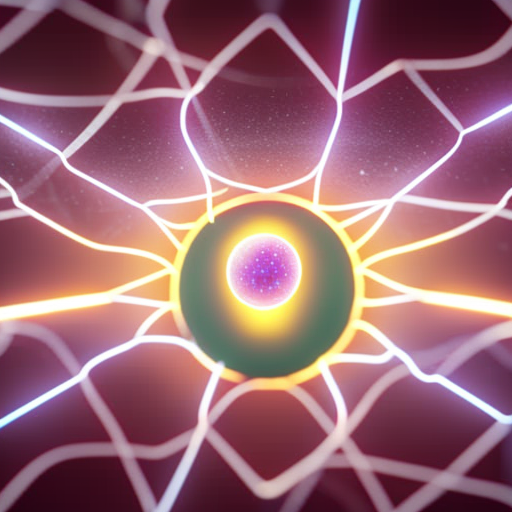Nuclear Medicine: A Comprehensive Overview
Nuclear medicine is a medical specialty that utilizes radioactive materials to diagnose and treat various diseases. It combines the fields of medicine, physics, chemistry, and computer technology to provide valuable information about the structure and function of organs and tissues within the body. This summary will explore the key aspects of nuclear medicine, including its applications, imaging techniques, and therapeutic uses.
Applications of Nuclear Medicine
Nuclear medicine has a wide range of applications in the field of healthcare. One of its primary uses is in the diagnosis of diseases. By administering small amounts of radioactive materials, known as radiopharmaceuticals, into the body, nuclear medicine can help identify abnormalities in organs and tissues. It is particularly effective in detecting cancer, heart disease, and neurological disorders.
In addition to diagnosis, nuclear medicine also plays a crucial role in the treatment of certain conditions. Radiation therapy, a form of treatment that uses high-energy radiation to destroy cancer cells, is a common application of nuclear medicine. Radioactive iodine therapy is another example, which is used to treat thyroid disorders such as hyperthyroidism and thyroid cancer.
Imaging Techniques in Nuclear Medicine
Nuclear medicine employs various imaging techniques to visualize the internal structures and functions of the body. The most commonly used technique is single-photon emission computed tomography (SPECT). SPECT uses gamma cameras to detect the gamma rays emitted by the radiopharmaceuticals. It provides three-dimensional images that help identify the location and extent of diseases.
Another imaging technique used in nuclear medicine is positron emission tomography (PET). PET scans involve the injection of positron-emitting radiopharmaceuticals into the body. The emitted positrons annihilate with electrons, producing gamma rays that are detected by the PET scanner. PET scans are particularly useful in assessing metabolic activity and blood flow, making them valuable in oncology, neurology, and cardiology.
Therapeutic Uses of Nuclear Medicine
Nuclear medicine offers several therapeutic options for the treatment of various diseases. Radioactive iodine therapy, mentioned earlier, is a common treatment for thyroid disorders. It involves the administration of radioactive iodine, which is selectively taken up by the thyroid gland, leading to the destruction of abnormal thyroid tissue.
Another therapeutic application of nuclear medicine is the use of radiopharmaceuticals for pain relief in bone metastases. By injecting radiopharmaceuticals that emit beta particles into the bloodstream, targeted radiation therapy can be delivered to the affected areas, providing pain relief and reducing tumor size.
Radiosynoviorthesis is a procedure used to treat inflammatory joint conditions such as rheumatoid arthritis. It involves injecting a radiopharmaceutical into the joint space, which emits radiation and reduces inflammation.
Advantages and Limitations of Nuclear Medicine
Nuclear medicine offers several advantages over other imaging modalities. It provides functional information about organs and tissues, allowing for early detection and accurate diagnosis of diseases. It is also non-invasive and relatively painless for patients. Additionally, nuclear medicine procedures are generally safe, with minimal side effects.
However, nuclear medicine does have some limitations. The availability of radiopharmaceuticals may be limited, and some patients may experience allergic reactions to these substances. Radiation exposure is another concern, although the doses used in nuclear medicine procedures are typically low and considered safe. Furthermore, the cost of nuclear medicine procedures can be higher compared to other imaging techniques.
Conclusion
Nuclear medicine is a valuable medical specialty that uses radioactive materials to diagnose and treat diseases. Its applications range from the diagnosis of cancer and heart disease to the treatment of thyroid disorders and bone metastases. With its various imaging techniques and therapeutic options, nuclear medicine continues to play a vital role in modern healthcare, providing valuable insights into the structure and function of the human body.












